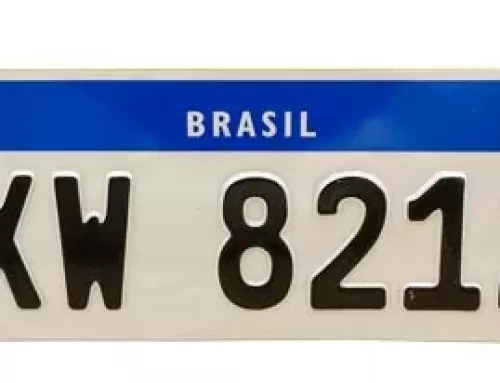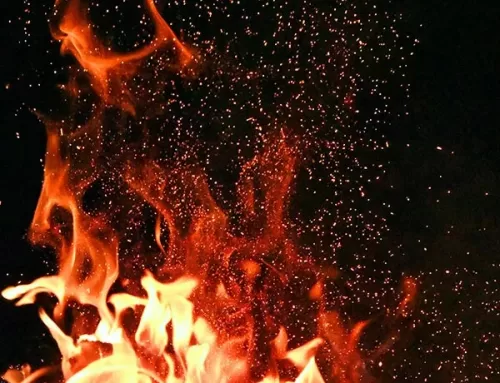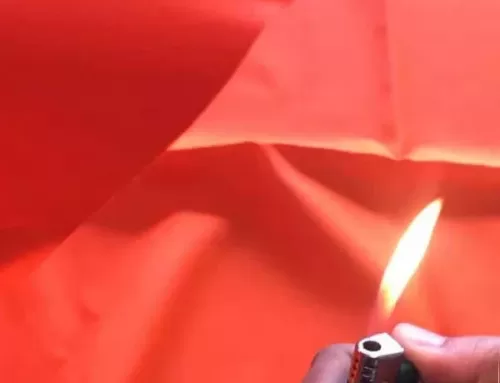How to use preprinted sheeting and apply a reflective coating on license plate
If you’ve ever wondered how to make Car Number Plates, you’ve come to the right place. In this article, you’ll learn about how to use preprinted sheeting and apply reflective coating, which will make the plate easier to read in headlights. You’ll also learn about Personalized plate messages, which you can print on the plate for a small fee. Personalized plates are great for advertising, too.

Preprinted sheeting is used to make license plates
During the manufacturing process, license plate manufacturers apply a preprinted sheet to the blank. This preprinted sheet has the main color of the plate, as well as any multicolored decorations and reflective sheeting in the coating. The sheet is then stamped to make raised characters, which are then colored using ink. The resulting license plate looks just like the real thing. It can be engraved with the owner’s name or the car number of the person who owns it.
In early years, license plates also included police troop codes, congressional districts, and county designations. This design change is mostly due to computer technology. Today, plates typically contain just a few codes for easy identification of a car or truck. The raw materials used to manufacture these plates include sheets of aluminum, adhesive sheeting, paint, and preprinted sheeting. Most metal manufacturers supply aluminum blanks. Then, specialty printers screen-print designs on the plates. Idaho was one of the first states to incorporate graphics on license plates.
Aside from polyethylene resin, some states also use reflective sheeting for license plates. These plates are often adorned with logos or advertising materials. Many of the manufacturers of license plates use 3M products and sell them to prison labor organizations and police departments. These companies use their lobbying and other resources to keep license plate production under control. There are millions of dollars in new revenues that will be generated from the license plate industry.
License plates are used as a means to track ownership of vehicles. These plates also play an important role in tracking taxes and registration. In the future, license plates may contain bar codes or scanner codes. These can be read by fixed scanners, police and other organizations. Some states may even require the plates to have reflective beads. A license plate can be either a full or partial reflective plate. In Connecticut, the basic plate has reflective beads in the design.
Reflective coating makes them easier to read in headlights
There are a few different ways to make your car number plate visible in headlights. You can have the number on the plate printed in either two different colors or with reflective license plate film. The reflective sheeting is a paint-like substance made of very fine glass beads that reflect and bounce light back. The reflective coating is less durable than paint and requires a higher level of maintenance. This type of coating also adds to the cost of the plates, but the benefits far outweigh the price.
Reflective car number plates come in two types: white or yellow. White is the most visible option in headlights, but black on red is still the most effective. Yellow is the most easily discernible option for dark letters. White and yellow number plates are the default. They are more prominent than any other color. If you’re unsure of which color you need, consult with your local police department.





